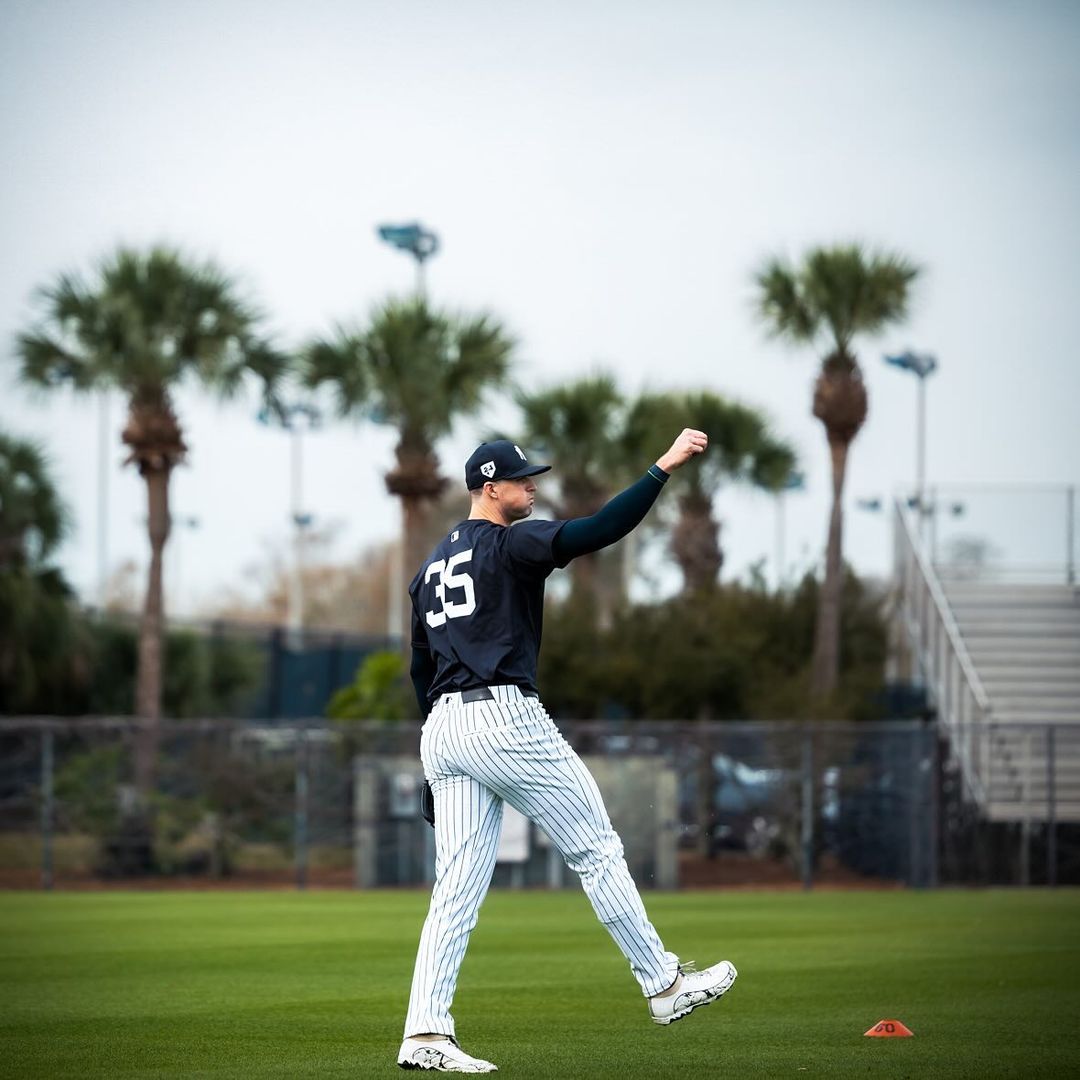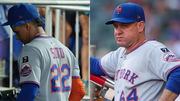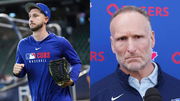

The sting of a three-game sweep was part of the Mets’ hangover when they left San Diego on July 30, 2025. The NL East leaders were blanked, 5-0, and that is how the three-game series ended, with their bats growing quiet, scoring a total of one run over the last two games. The potent offense, playing without slugger Juan Soto (foot contusion), appeared clueless against Padres starter Yu Darvish. The loss represented so many major questions about the vulnerabilities for the first-place club, as the trade deadline clock ticked relentlessly closer to zero.
Watch What’s Trending Now!
After the game, the attention turned to the starter, Clay Holmes. As reporters peppered him with questions, one got straight to the heart of the matter.
In a video shared by SNY, a reporter asked, “Have there been any conversation with you at least about moving back to the bullpen at all?” Holmes’s answer was swift and direct: “No. There hasn’t been any yet.”
ADVERTISEMENT
Clay Holmes says there have not been any conversations about moving him back to the bullpen pic.twitter.com/eSyTvoRvyj
— SNY (@SNYtv) July 30, 2025
The $38 million experiment to transform Holmes from an elite closer into a starting pitcher started so promisingly. The former Yankee and new Mets player has embraced his role. At the end of June, it seemed like a brilliant piece of business. Holmes anchored the rotation, finishing with a superb 2.90 ERA in an 8-4 season. He was one of the reasons the Mets were so successful.
But July told a different tale. The righty lost the magic. His ERA for the month is 5.55, and his command has evaporated. In his last seven starts, he recorded a 4.46 ERA, nowhere near the kind of dominance he exhibited earlier in the year. It all culminated in the loss to the Padres, where he lasted just 3.2 innings and allowed four runs. The fatigue of a career-high 117.1 innings pitched was clearly taking its toll on the former reliever.
ADVERTISEMENT
But with the struggles right in front of them, Mets manager Carlos Mendoza backed his pitcher. “I’m not concerned,” Mendoza said bluntly after the game. “He’s been good for us and he’s gonna continue to do that… It was just a struggle for him today overall, but he’s been pretty consistent for us. Truly believe that he’s gonna continue to help us… He’s gonna be a big part of this team.” Mendoza attributed the poor outing to bad luck, including a key error that led to two unearned runs.
Now, the organization has an important decision to make. Holmes’s woes are no longer a blip; they’re a trend. The Mets have to figure out how to get the best out of their asset to maximize their chances at a championship.
ADVERTISEMENT
The path forward for the Mets and their $38M asset
The front office has several options, all of which come with their own risks and potential rewards. The most obvious and rational step would now be an “immediate reset.” Putting Holmes on the 10-day injured list with “arm fatigue” would provide him with a much-needed physical and mental break. It’s a pretty standard maneuver, one that would permit him to reset, without the public pressure of a demotion. It affords the team time and flexibility.
When he’s back, the Mets can use Holmes as a “hybrid weapon.” Rather than being used as a standard one-inning reliever, he may be asked to function as a multiple-inning “bulk reliever,” offering two or three innings in the middle of games. That plays into his ability to give length while offering to pitch in higher-leverage spots, like the Yankees managed to deploy Michael King in 2023. Holmes could emerge as a secret weapon in a tight postseason series if he were rested and effective.
ADVERTISEMENT
The long-term goal here should be a return to the bullpen. There is no way to argue with the career numbers: Holmes is a dominant, All-Star caliber reliever. His strikeouts and elite groundball rate are appreciably higher in shorter stints. Throughout history, there have been plenty of successful transitions from starter to elite reliever, most notably from the Hall of Famer Dennis Eckersley to Wade Davis. It’s the surest way to get the most out of the team’s $38 million over the final three seasons of his contract.
Top Stories
Rift in Phillies Clubhouse as Dave Dombrowski Punishes Bryce Harper Teammate in “Worst Trade” Fallout, Says Insider

MLB Signings: 5 Teams That Must Sign Kyle Tucker, Bo Bichette & Alex Bregman

Mark Shapiro Rubs Salt in Yankees’ Wounds as He Issues Stark Ultimatum to Blue Jays Clubhouse

Juan Soto Disproves Carlos Mendoza’s Claim for National Duty as Mets Gamble Big Ahead of 2026 Season

Blue Jays Confirmed to Land MLB’s “Big Fish” After Mark Shapiro Fires Bold Message to Clubhouse, per Insider

It’s a possible move only if the rotation can afford to do it.
Now, for the first time all season, the Mets’ starting five is fully healthy. Kodai Senga (2.00 ERA) and David Peterson (2.83 ERA) have been terrific. Injuries and inconsistency have plagued Frankie Montas (5.46 ERA) and Sean Manaea (2.08 ERA), but the unit is strong. The club also has three promising pitching prospects in Jonah Tong, Nolan McLean, and Brandon Sproat, developing in the wings – the front office is reportedly unwilling to trade them.
ADVERTISEMENT
But they have already taken an aggressive approach at the trade deadline, remaking the entire bullpen. In three moves, they grabbed high-leverage relievers Ryan Helsley, Tyler Rogers, and Gregory Soto. This “super bullpen” not only fills a major team need but also makes the “soft landing” for Holmes. A transfer to relief is no longer a demotion but a strategic redeployment to make a dominant unit even more formidable.
While the bullpen looks set, the Mets could still target another starter. Twins ace Joe Ryan is a dream target, but acquiring the All-Star, who is under team control through 2027, would require a package headlined by top prospects.
With the deadline fast approaching, the Mets must decide if the Clay Holmes starter experiment has finally run its course.
ADVERTISEMENT
ADVERTISEMENT
ADVERTISEMENT
ADVERTISEMENT

